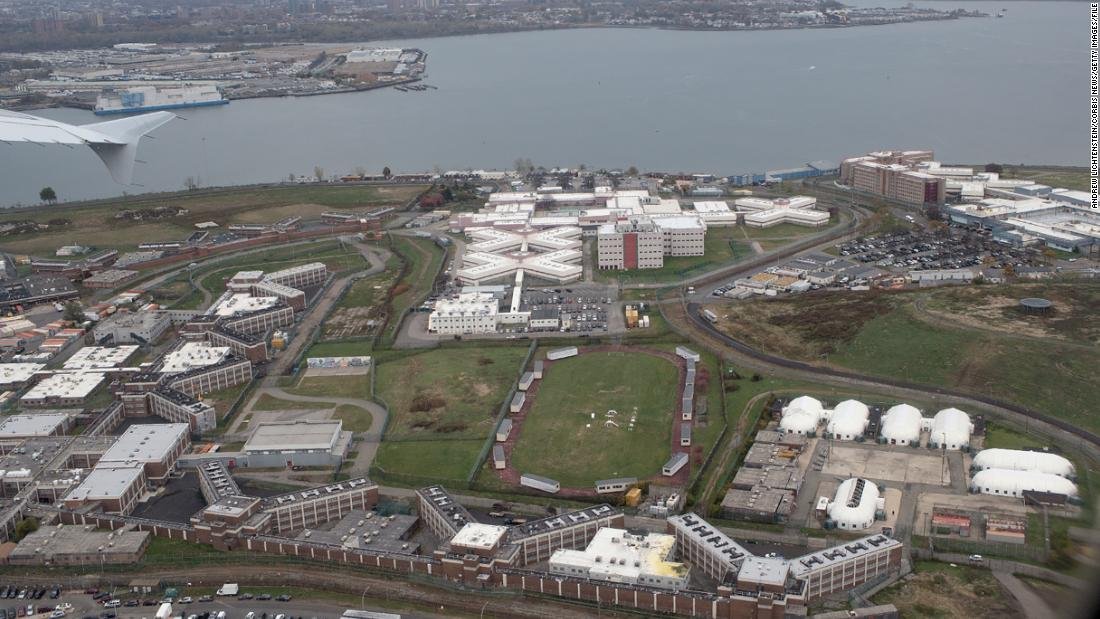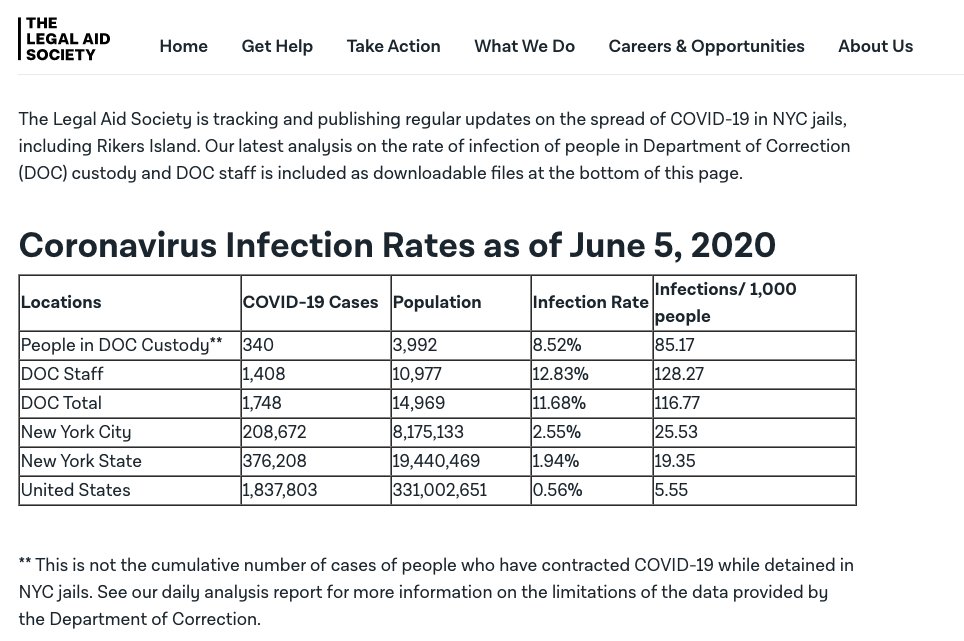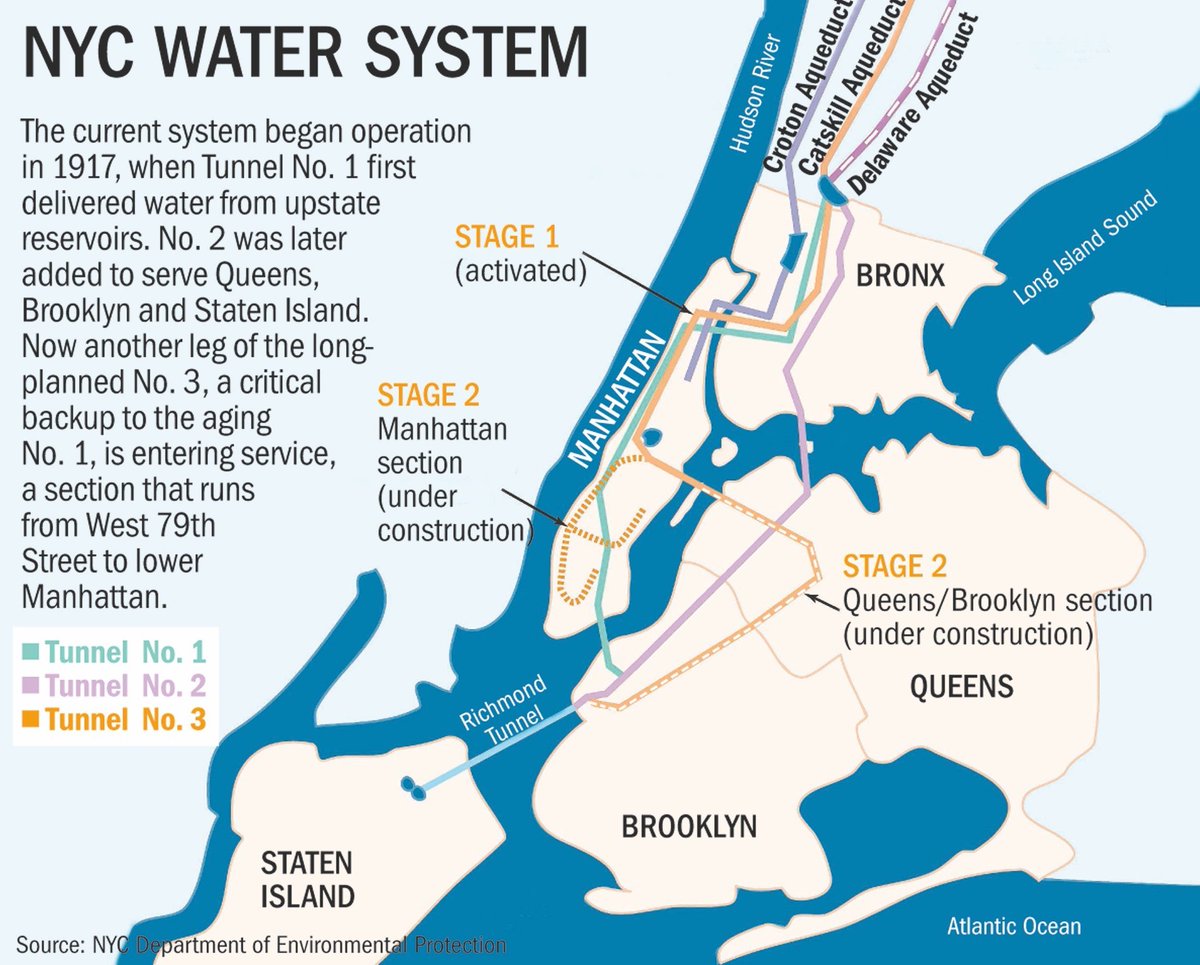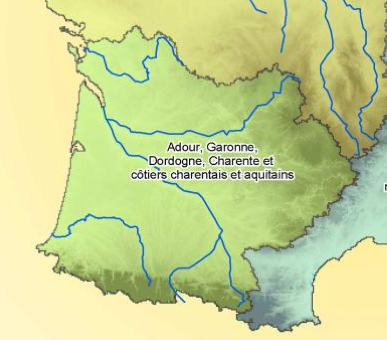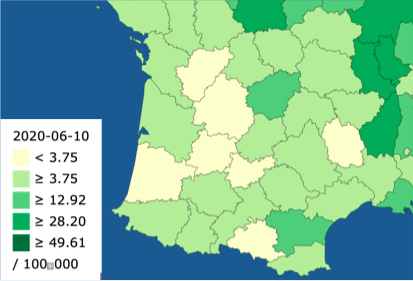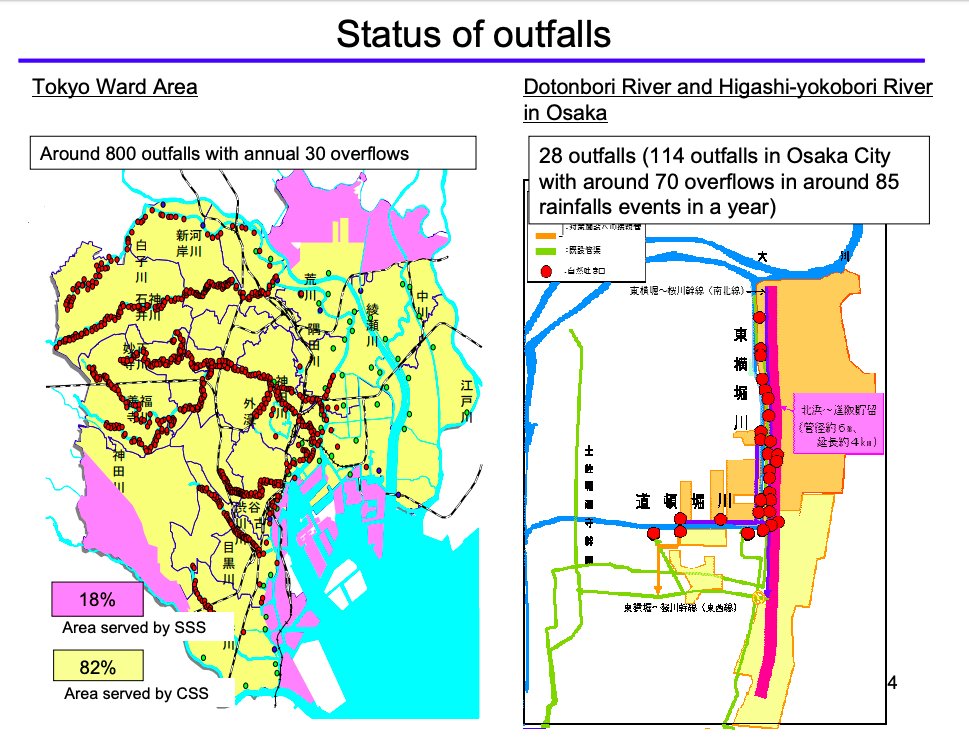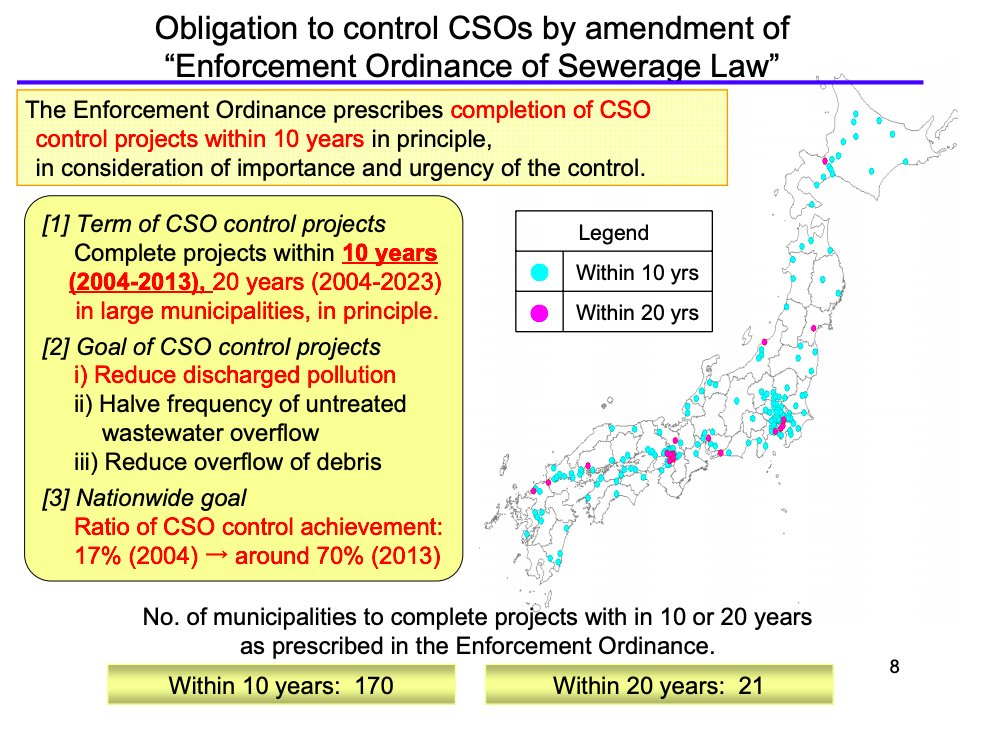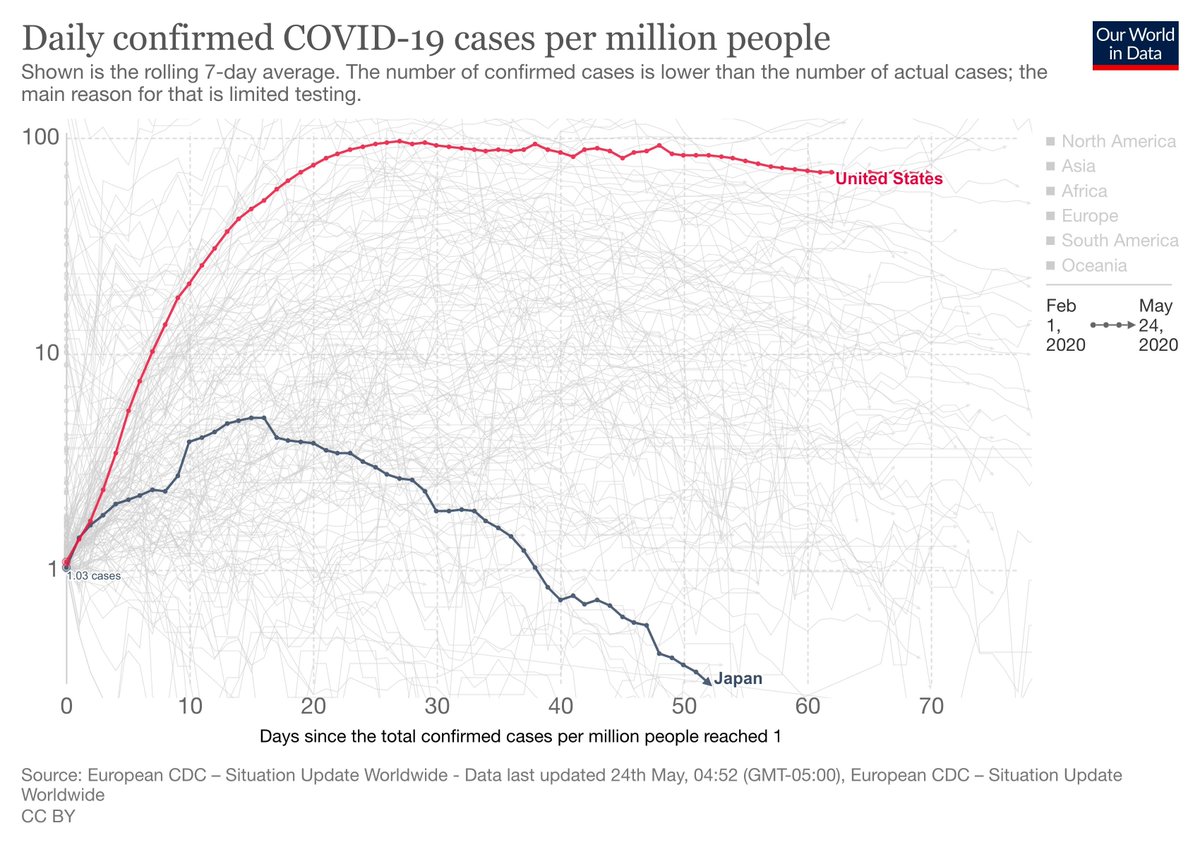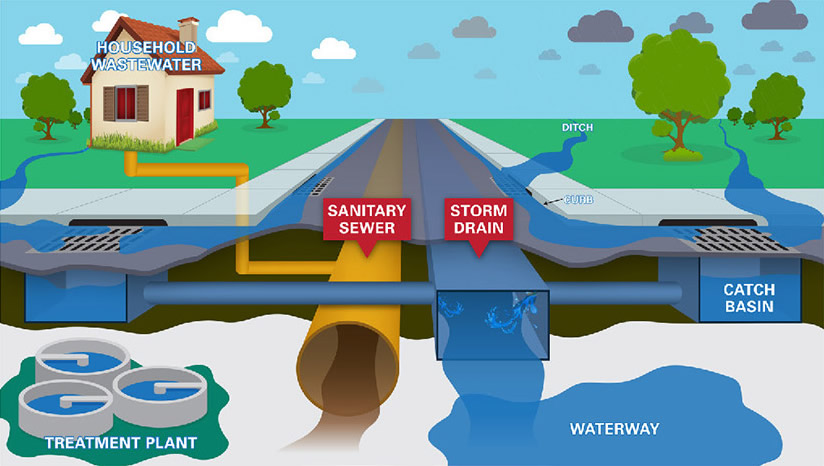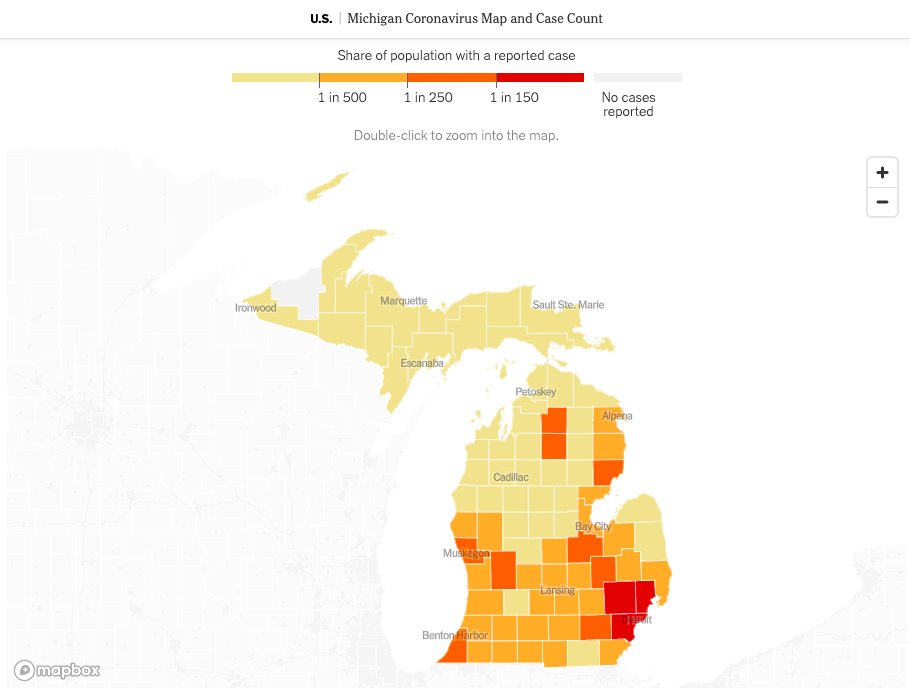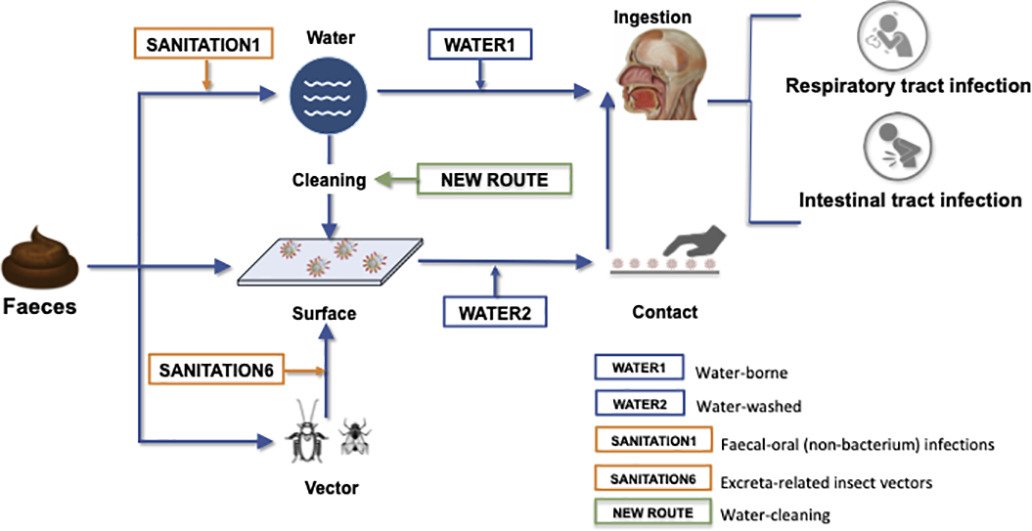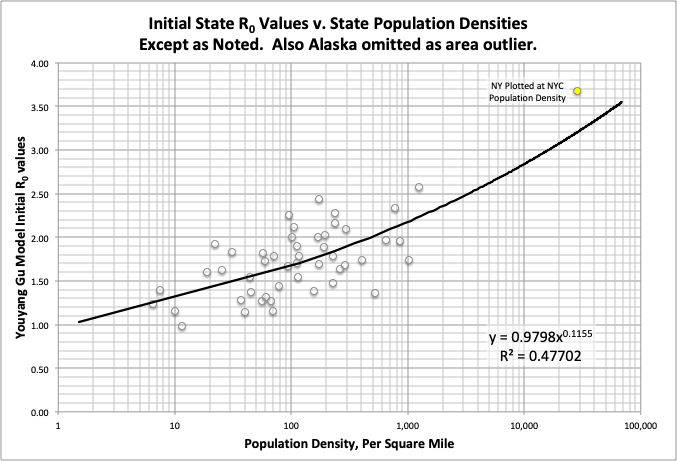Today, I thought I'd look at watersheds around NYC, to see if they could explain the large variations between outcomes within the city
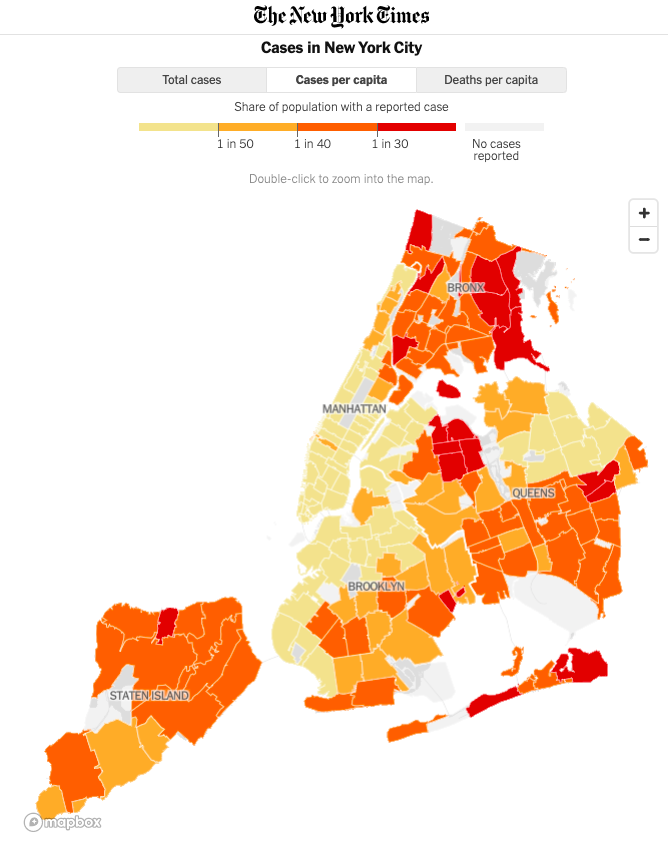
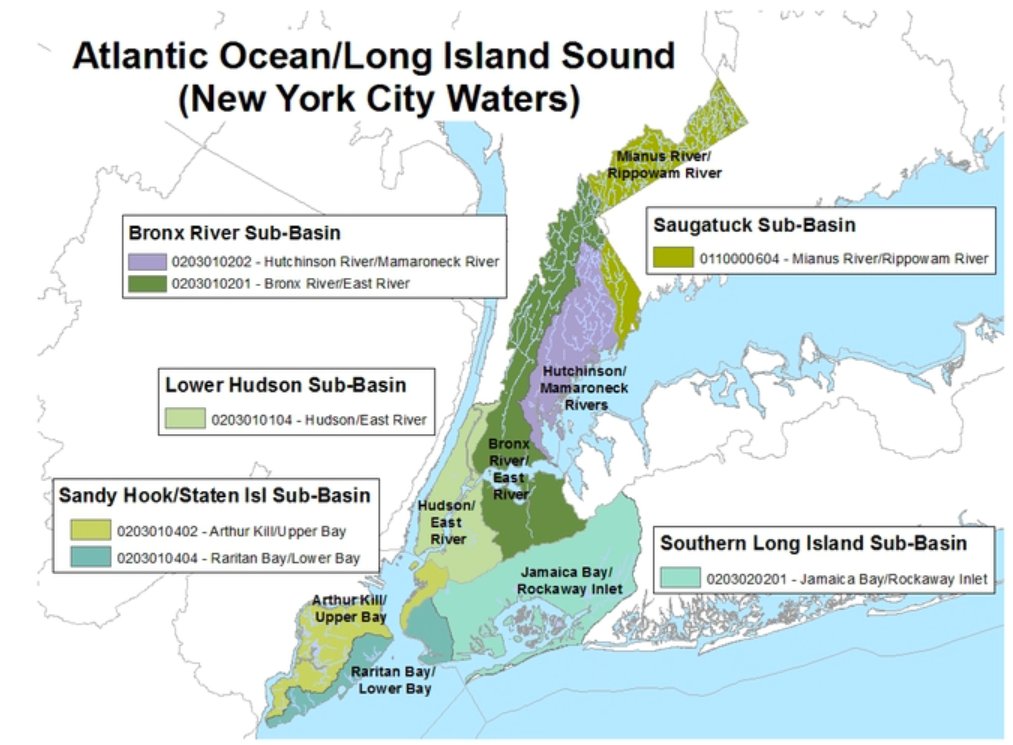
In Brooklyn and Queens, large areas had low infection rates despite being adjacent to large areas with high infection rates.
Could the sewer, wastewater and stormwater systems play a role in viral transmission?
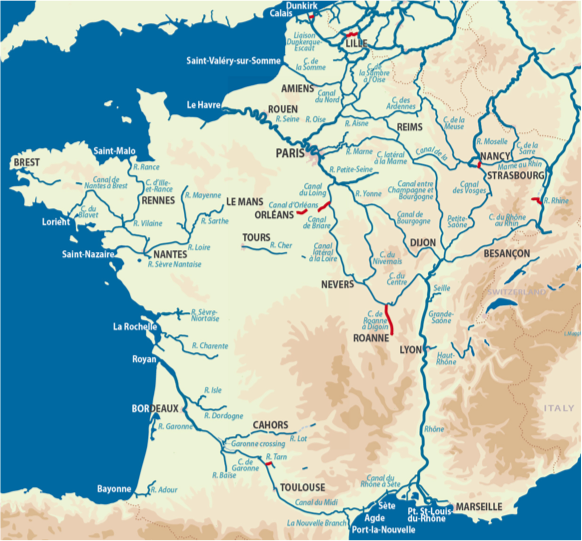
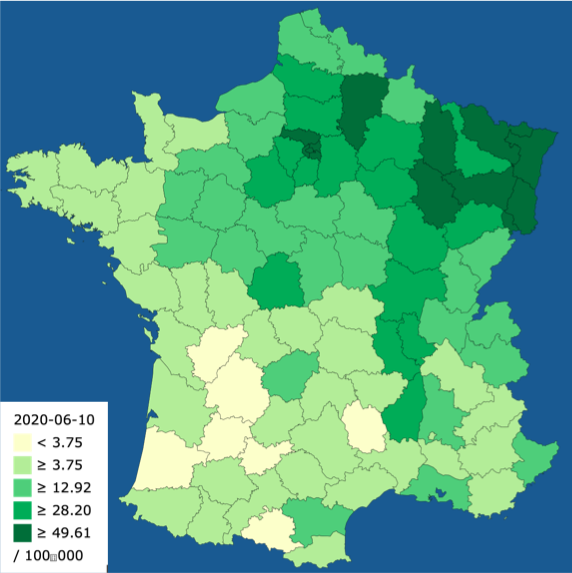
If this is so, we would expect contamination to rise with rain fall.
circleofblue.org/2020/world/vir…
The map below shows the locations of the overflow tiers. The Harlem and East rivers figure prominently, but the Hudson is not spared.
www1.nyc.gov/site/dep/water…
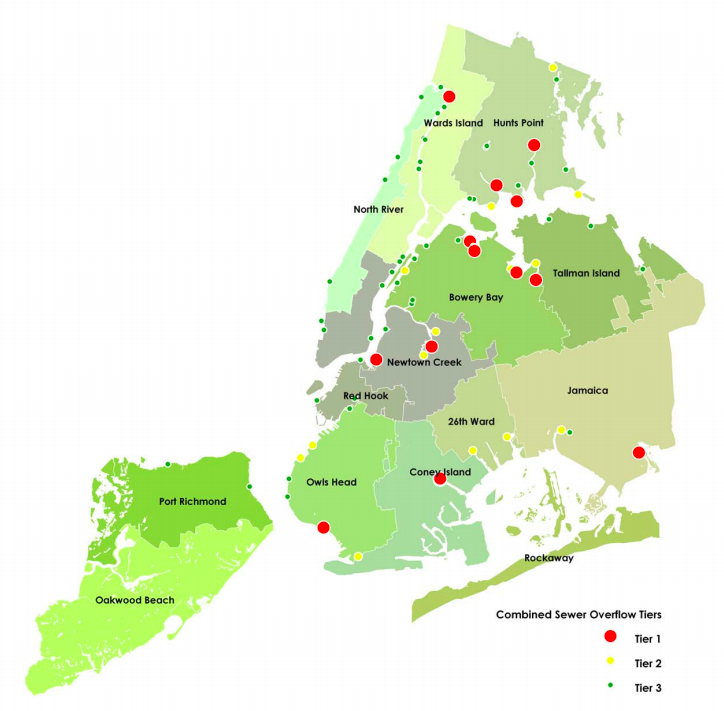
storymaps.arcgis.com/stories/d4ac0c…
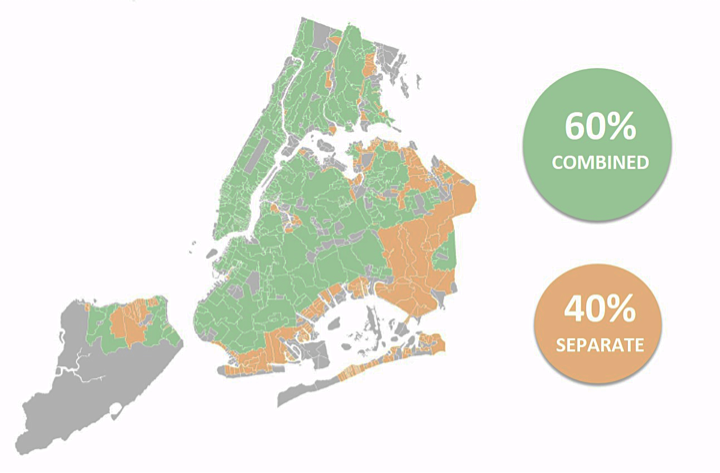
wired.co.uk/article/sewage….
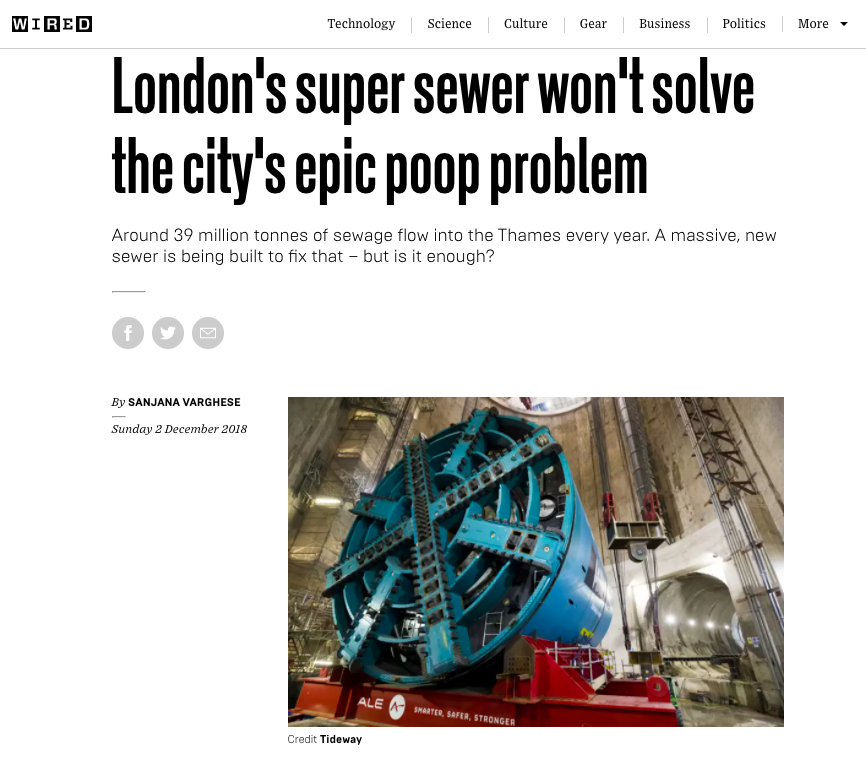
recwet.t.u-tokyo.ac.jp/symposium/mate…
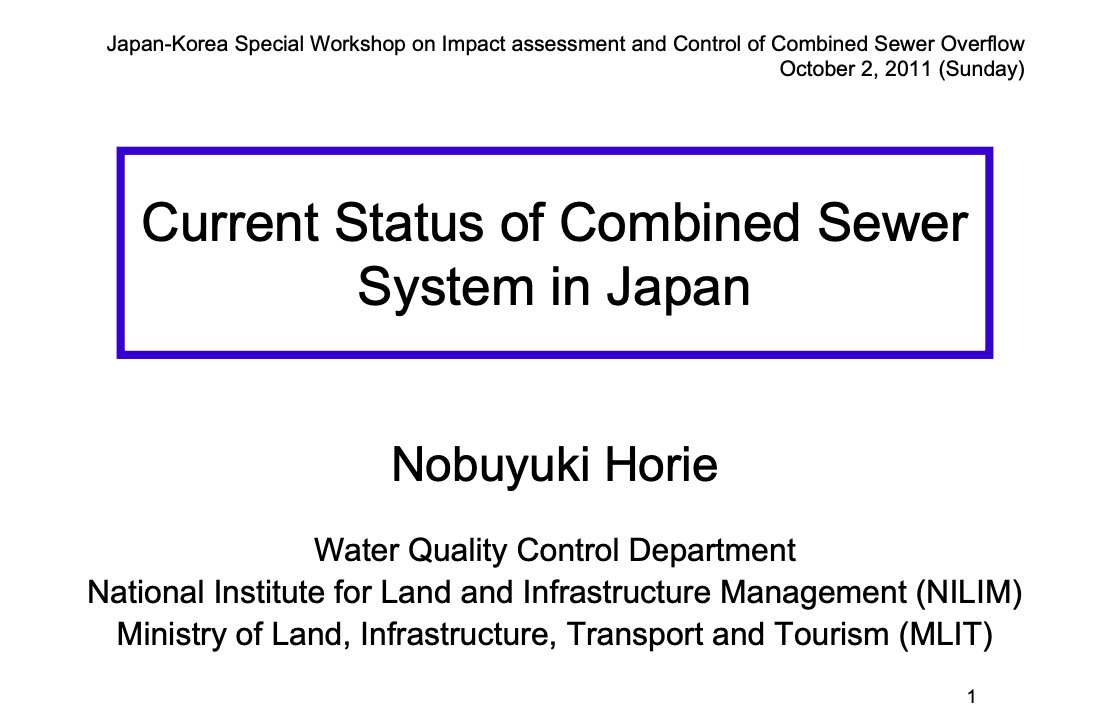
It appears Milan has a problem with CSOs, like New York and London. This could have contaminated the Po river with fecal coronavirus.
agroengineering.org/index.php/jae/…
epa.gov/npdes/combined…
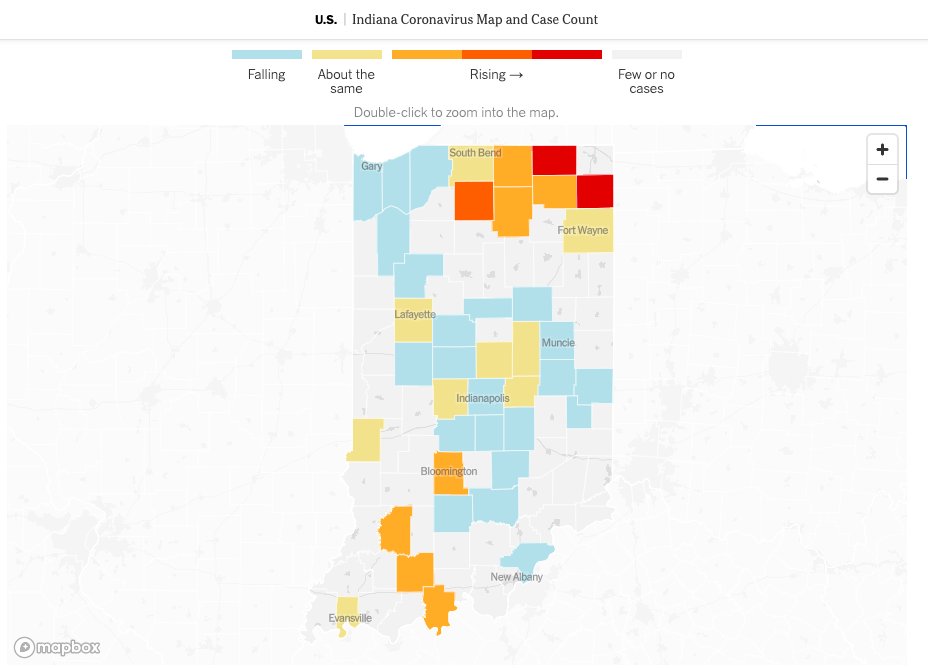
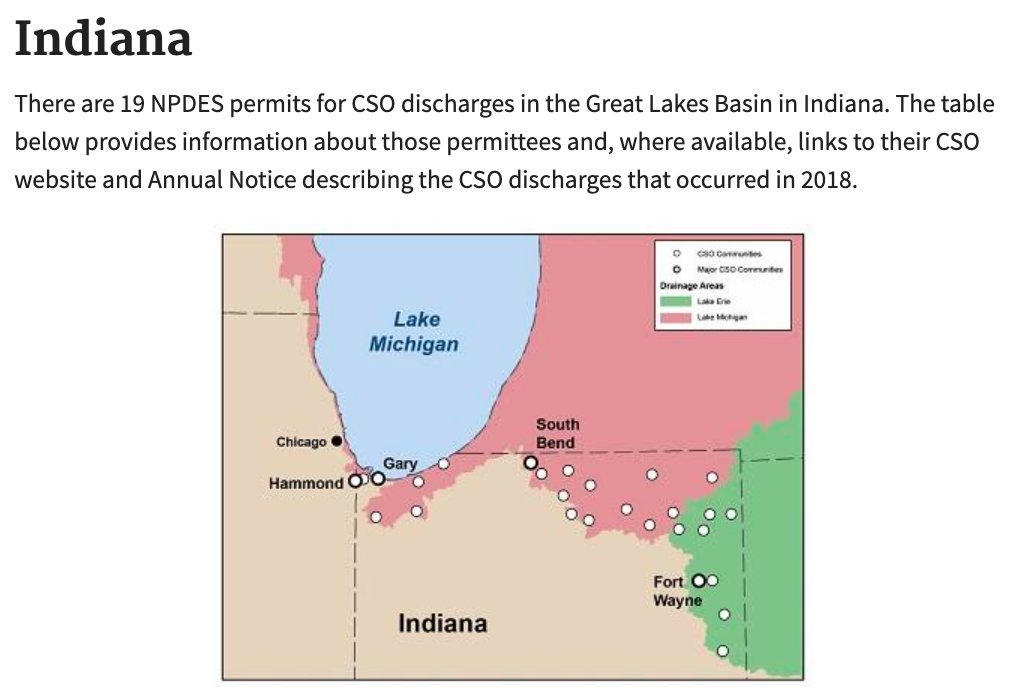
gizmodo.com.au/2020/05/study-…
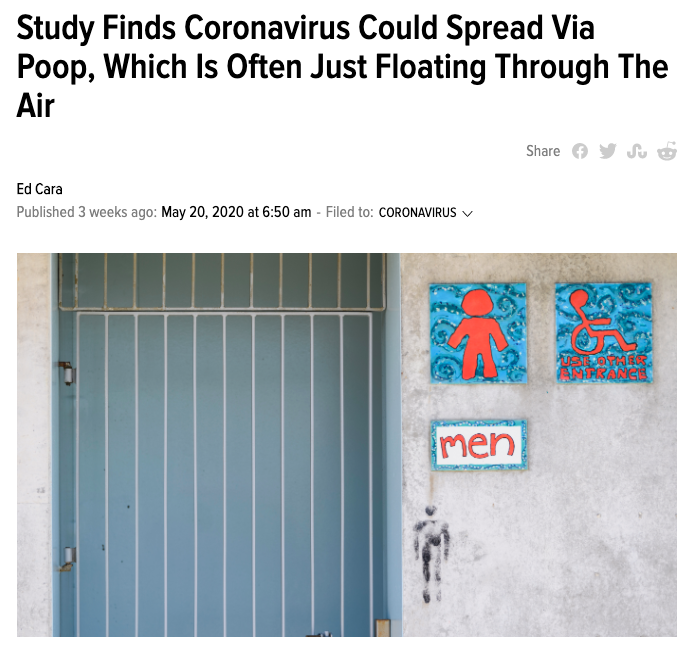
legalaidnyc.org/covid-19-infec…
